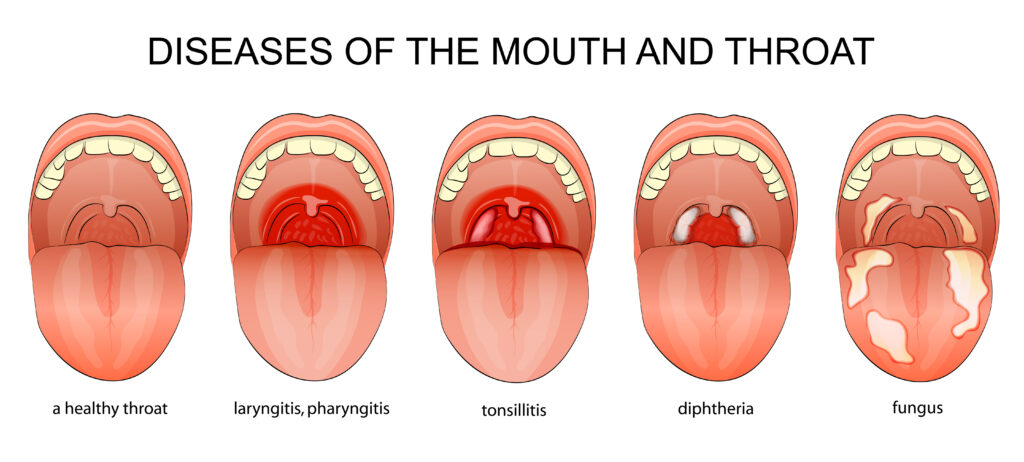

Treatment for diphtheria involves both supportive care and specific antitoxin therapy to neutralize the diphtheria toxin. Here are the key components of treatment:

Early diagnosis and prompt initiation of treatment are critical in reducing morbidity and mortality associated with diphtheria. Therefore, anyone suspected of having diphtheria should receive urgent medical attention for appropriate management.
Treatment for pertussis (whooping cough) involves a combination of supportive care, antibiotics, and supportive therapies. Here’s a breakdown of how pertussis is typically managed:
Treatment for pertussis is most effective when initiated early, particularly in the catarrhal (early) stage before the paroxysmal (severe coughing) stage sets in. Timely diagnosis and appropriate management help reduce the severity of symptoms, prevent complications, and limit the spread of the disease to others.